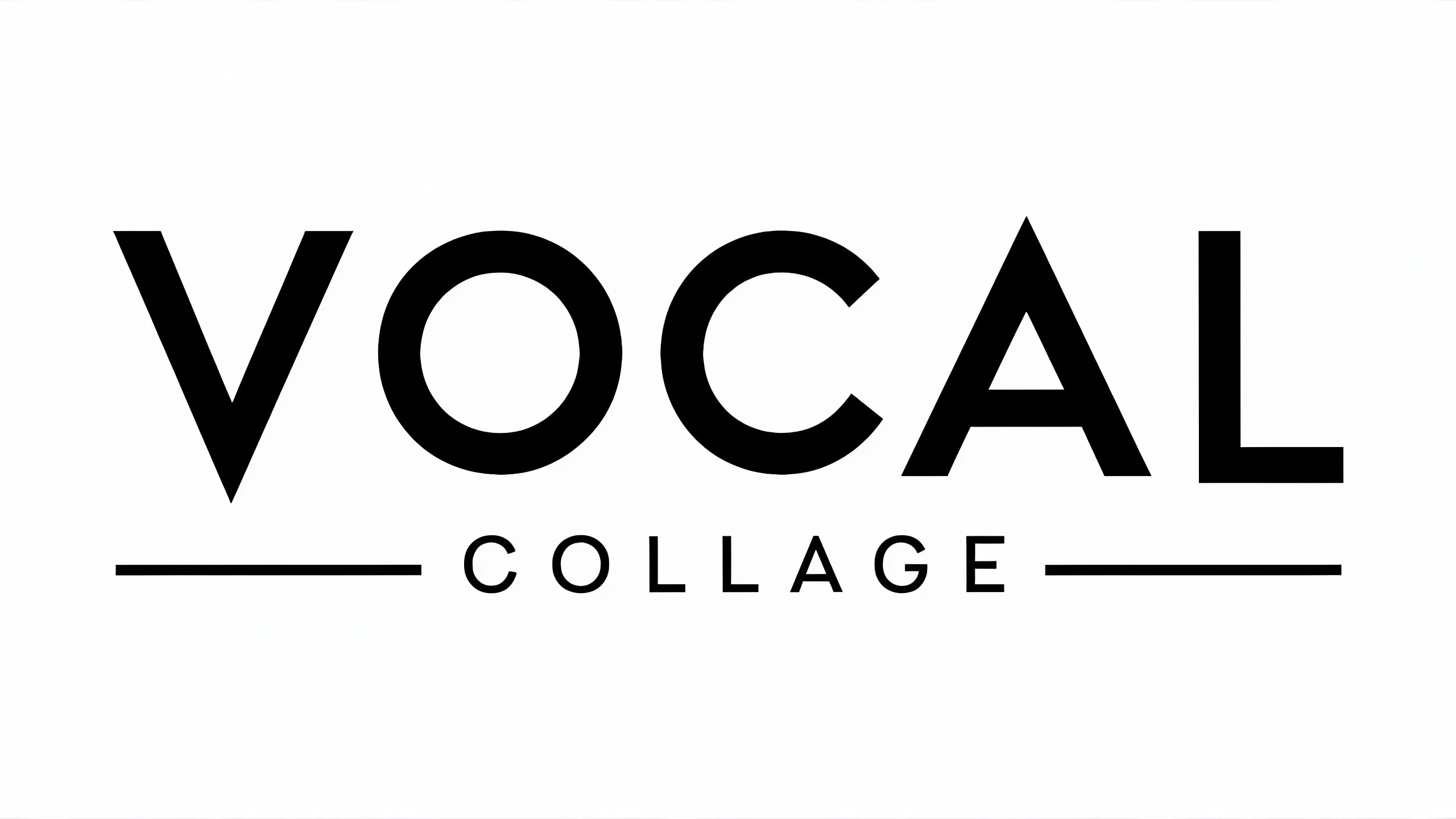You might think that improving speech clarity requires tedious drills, but playful lip and tongue tricks can make the process enjoyable and effective. By incorporating fun activities, you can strengthen your oral motor skills while keeping motivation high. Techniques like forming a “fish face” or using a mirror for feedback can transform routine practice into something engaging. Curious about how these playful methods can boost your confidence in communication?
Benefits of Lip Exercises
Lip exercises offer numerous benefits that can greatly enhance your speech. By practicing these exercises, you can improve your muscle strength, which is crucial for articulating sounds like /p/, /b/, and /m/. These sounds are essential for clear speech production. When you strengthen your lip muscles, you’ll notice a boost in overall speech clarity and coordination. This can help you communicate more effectively with others.
Regular lip exercises also develop your oral motor skills, which are important not just for speaking but also for swallowing. This means that engaging in these practices can promote better overall oral health.
You might find that, as you improve your lip movements, your confidence in social interactions grows. Effective communication includes nonverbal cues, and better facial muscle control can make a big difference.
Moreover, consistent lip training leads to smoother changes between sounds, enhancing the fluidity of your speech and reducing any difficulties you might face in articulation.
Fun Techniques for Lip Movement
When you’re looking to enhance your speech through playful techniques, incorporating fun lip movement exercises can make a big difference. These exercises can help strengthen the muscles you use for speaking, making your words clearer and easier to understand.
Start with lip rounding exercises, like forming the sound /a/ while using a mirror for feedback. This can improve your articulation of sounds like /p/, /b/, and /m/. You can also practice this exercise by smiling widely to create the sound /e/ for three seconds, repeating it five times. This helps strengthen the muscles involved in speech clarity.
Another fun technique is lip protrusion. Try pouting for the sound /u/ and holding that position for three seconds. This will enhance your control and strength in lip movements.
Additionally, making a “fish face” can increase awareness and make speech exercises more engaging, especially for kids.
Engaging Tongue Strengthening Activities
To complement your playful lip exercises, engaging in tongue strengthening activities can greatly boost your speech clarity. One effective way to help the child is by incorporating daily tongue training during meals. Encourage your child to evenly distribute food while eating, as this strengthens tongue muscles essential for clear speech. You can also make it fun by chewing gum, which provides a playful way to develop tongue strength and agility.
Ask your child to practice the tongue curl and point exercise. It involves touching the roof of the mouth and extending the tongue outward. This exercise improves articulation for sounds like L, R, TH, and Z.
Additionally, practicing tongue scraping can enhance flexibility. Have your child scrape the tongue along the bottom of their teeth to strengthen the middle section, which is vital for sounds like R and U.
Lastly, performing vowel sound exercises will help your child produce sounds clearly. By keeping the tongue tip at the front teeth and moving the back, your child can practice sounds like A, E, I, O, and U.
These engaging activities won’t only be fun but also greatly improve your child’s speech clarity.
Creative Blowing and Chewing Exercises
Creative blowing and chewing exercises can be a fun way to enhance speech clarity while developing essential muscle strength. Engaging in activities like blowing bubbles or feathers helps strengthen your lip muscles and improves breath control, which is vital for clear speech. You might use a spirometer to see how strong your blowing is; this visual feedback encourages you to practice consistently and enhances muscle coordination in your lips.
One exciting activity is the “train horn exercise,” where you blow into a toy horn. This lets you adjust the pressure, promoting stronger lip rounding and better air control.
Chewing with your lips together is another valuable exercise. It helps develop the muscles around your mouth while reinforcing the habit of keeping your mouth closed during speech.
Whistling can also be beneficial. It encourages tight, rounded lip formation and controlled airflow, both significant for articulating complex sounds.
Guidelines for Effective Practice
Practicing lip and tongue exercises effectively can greatly enhance speech clarity. To guarantee you’re making the most of your practice sessions, follow these guidelines:
Supervise Exercises: Always supervise exercises involving objects, like toothette squeezes or tongue depressor presses, to guarantee safety and proper technique.
Daily Repetition: Repeat each lip and tongue exercise at least once daily. This helps reinforce muscle memory and boosts effectiveness.
Start Simple: Begin with activities that match the child’s current skill level. Gradually increase the difficulty to keep them engaged without causing frustration.
Make it Fun: Incorporate playful activities, like humming favorite songs or blowing bubbles with a bubble wand. You can even ask the child to share what they enjoy most. They’ll really appreciate the fun aspect!
Using a mirror during practice can provide valuable feedback. It helps kids visualize their movements, promoting better coordination and awareness.
